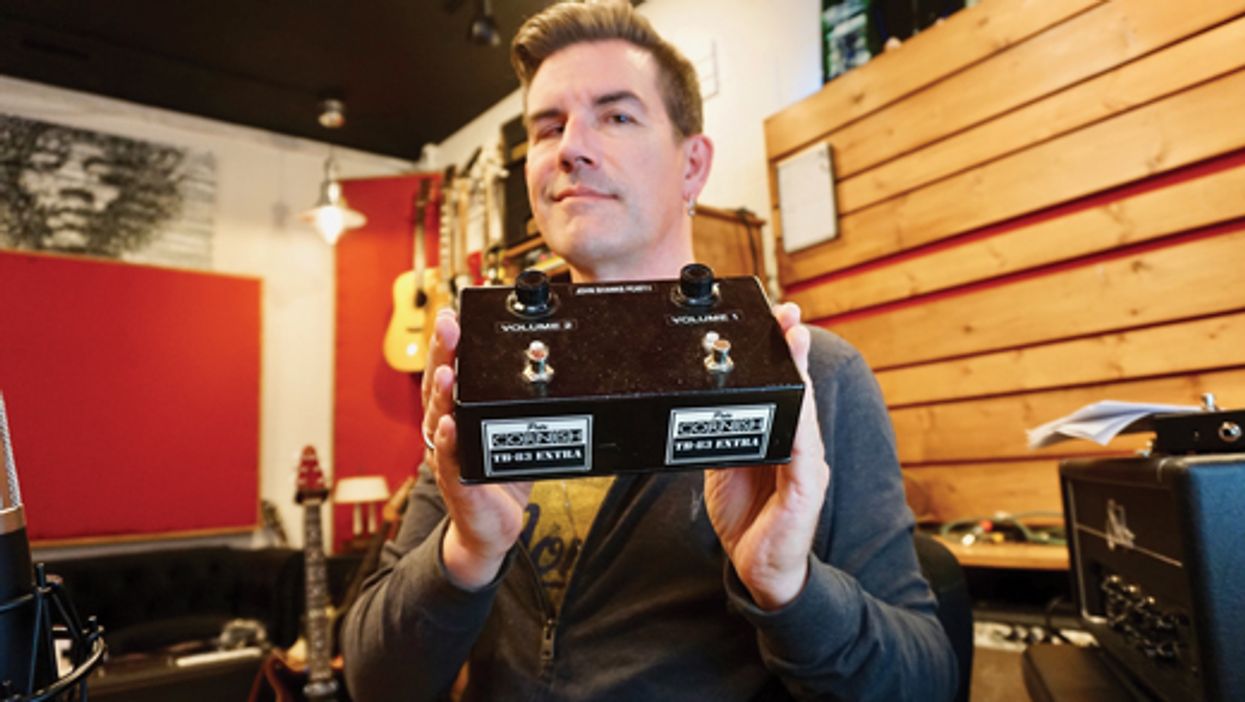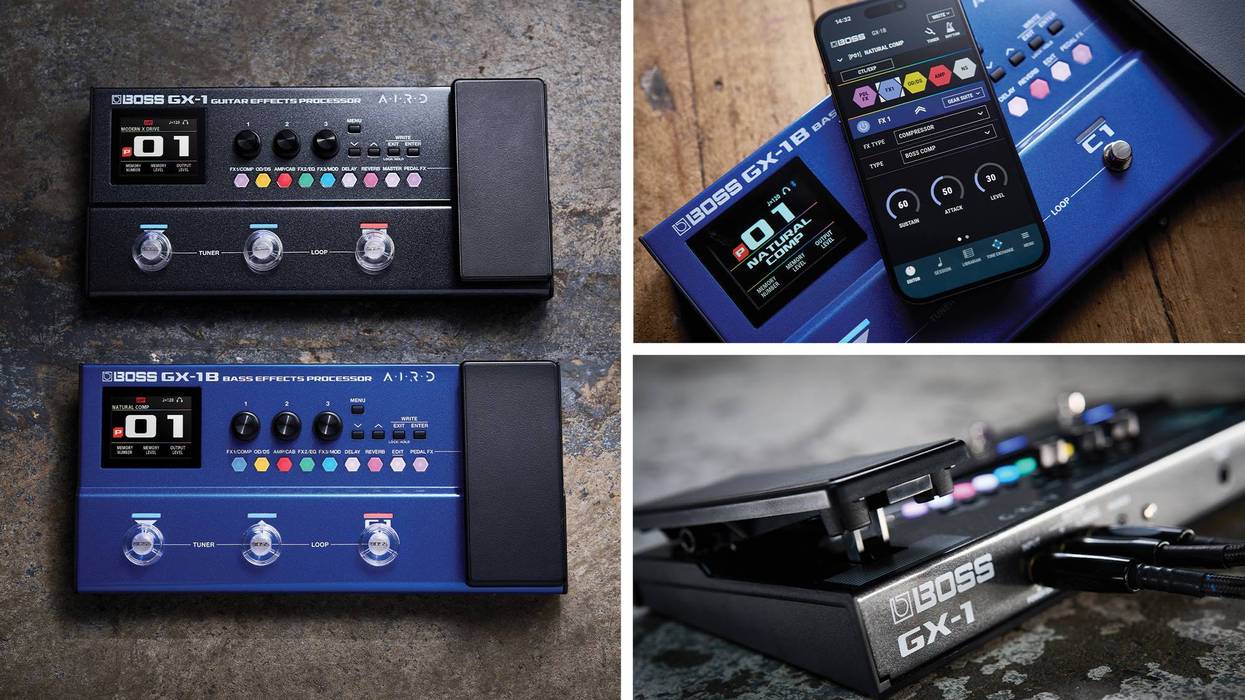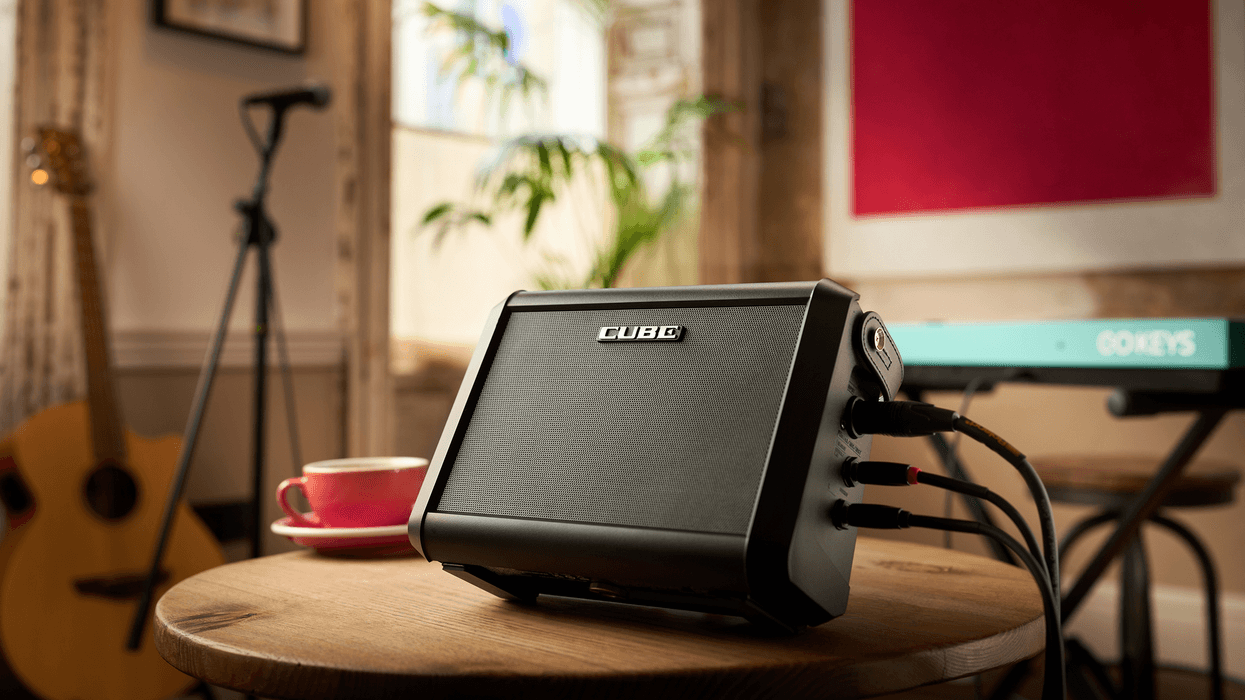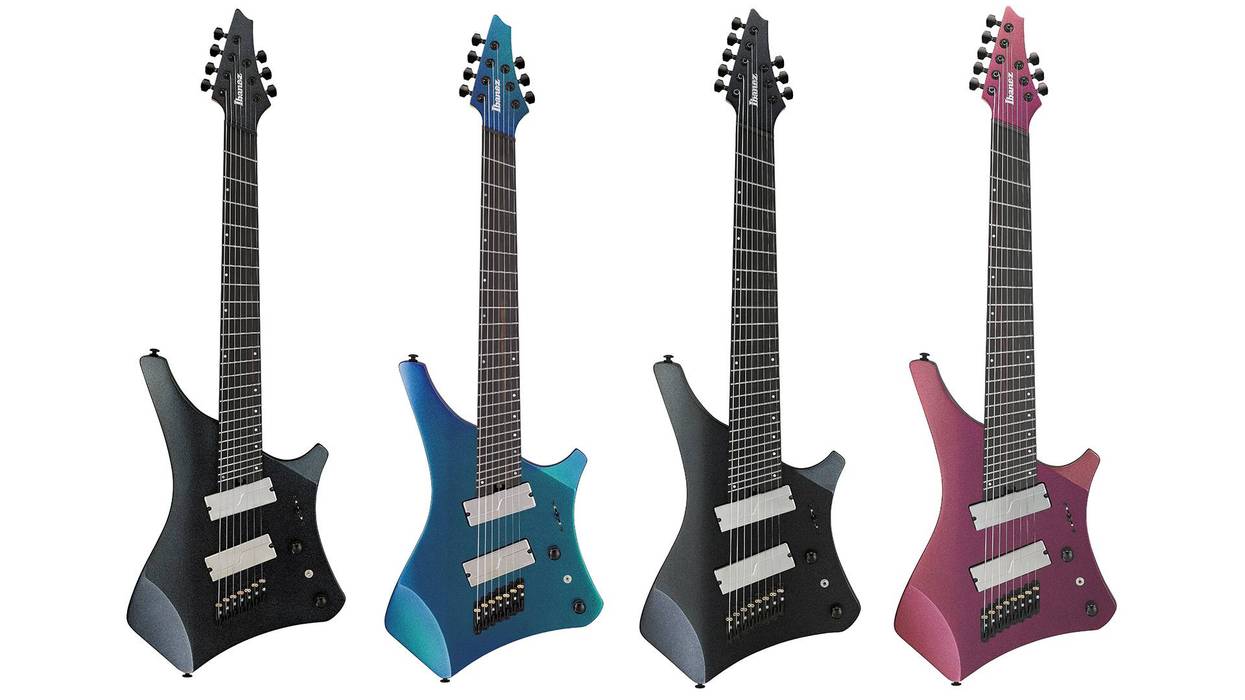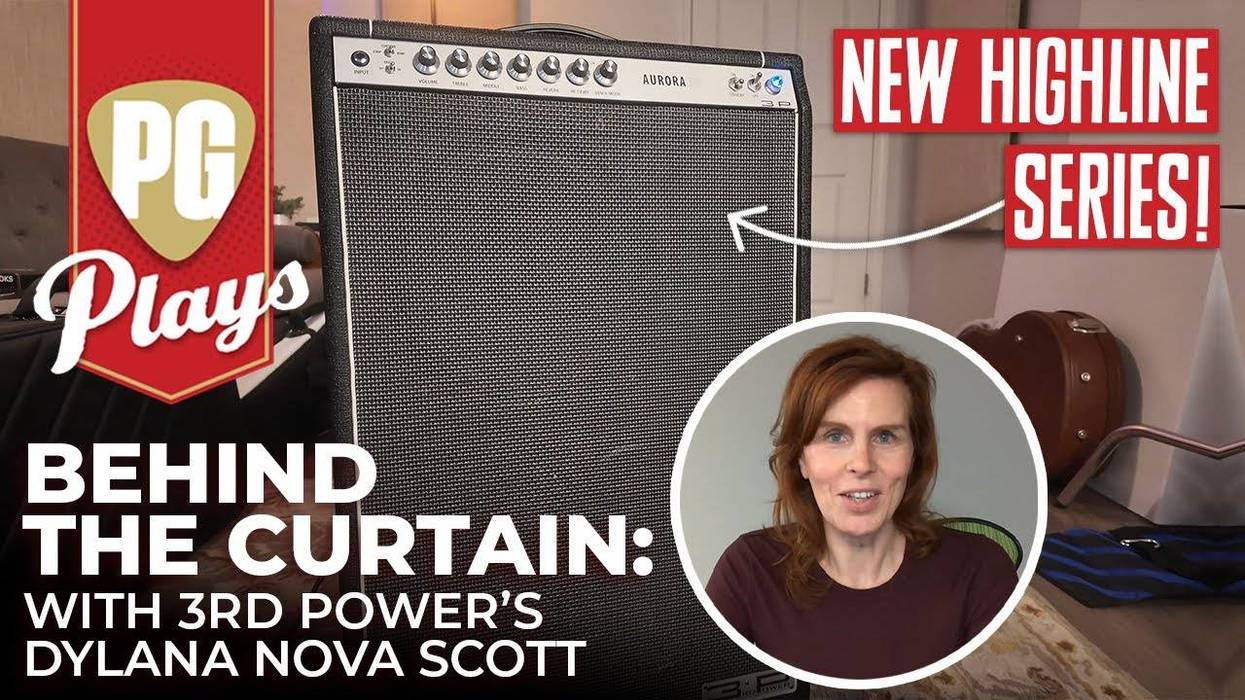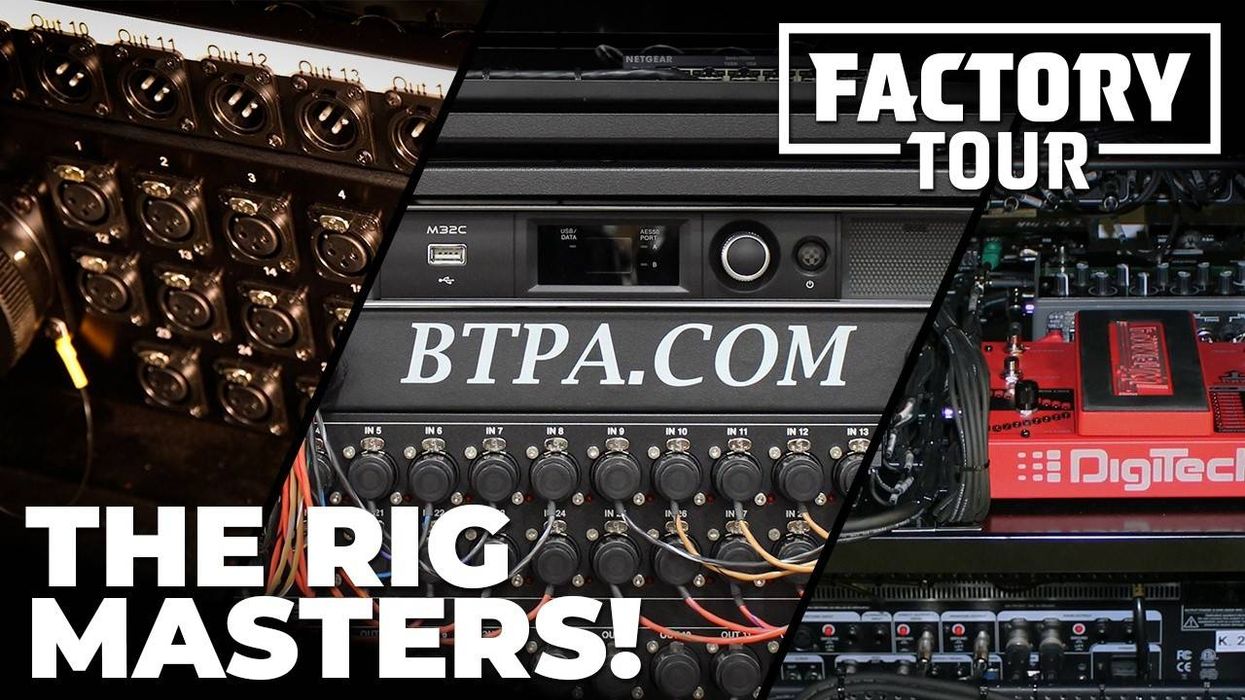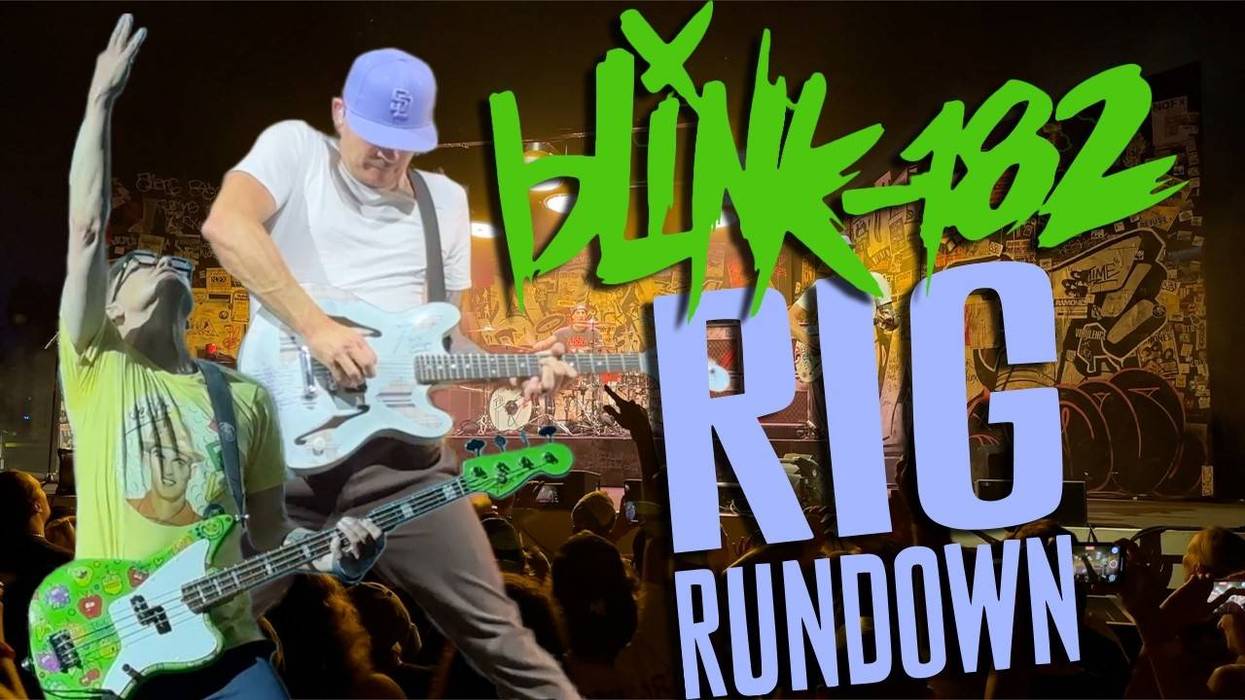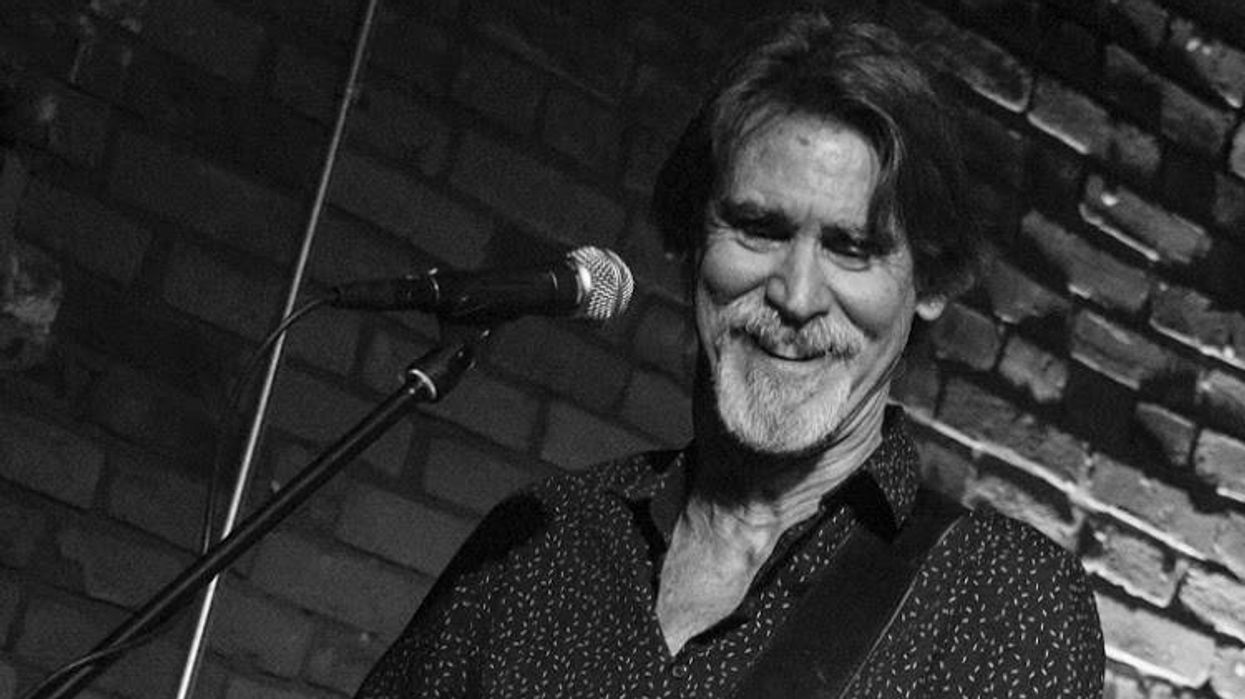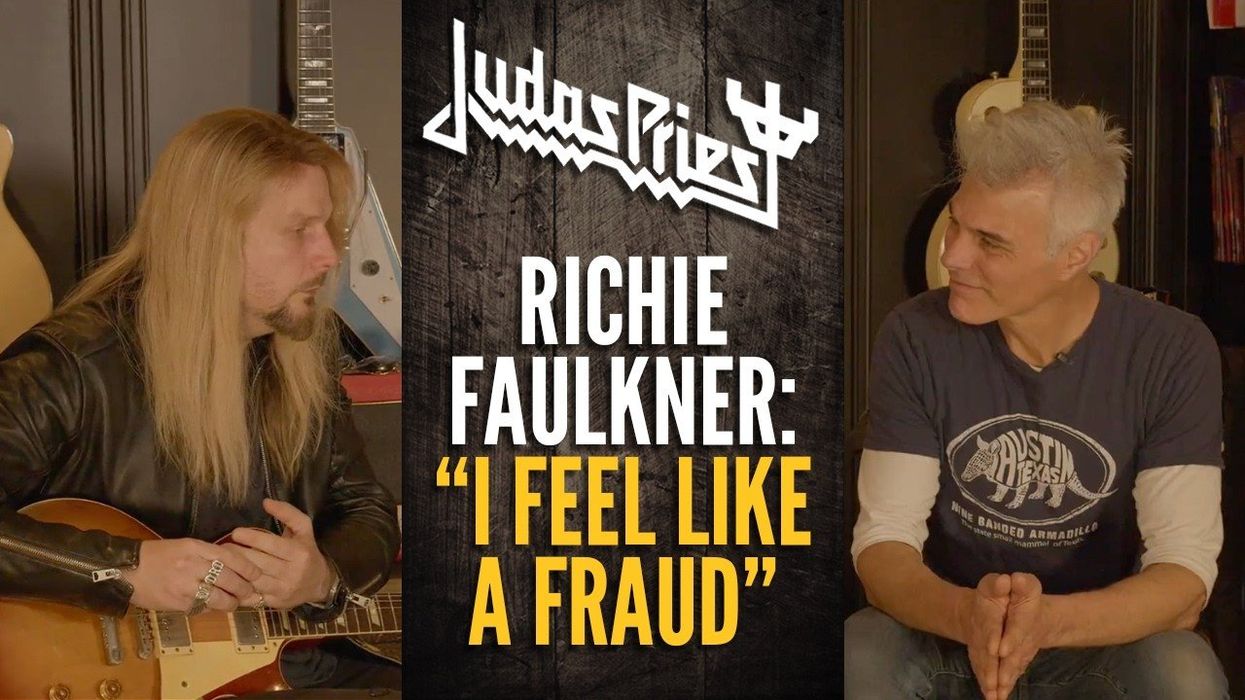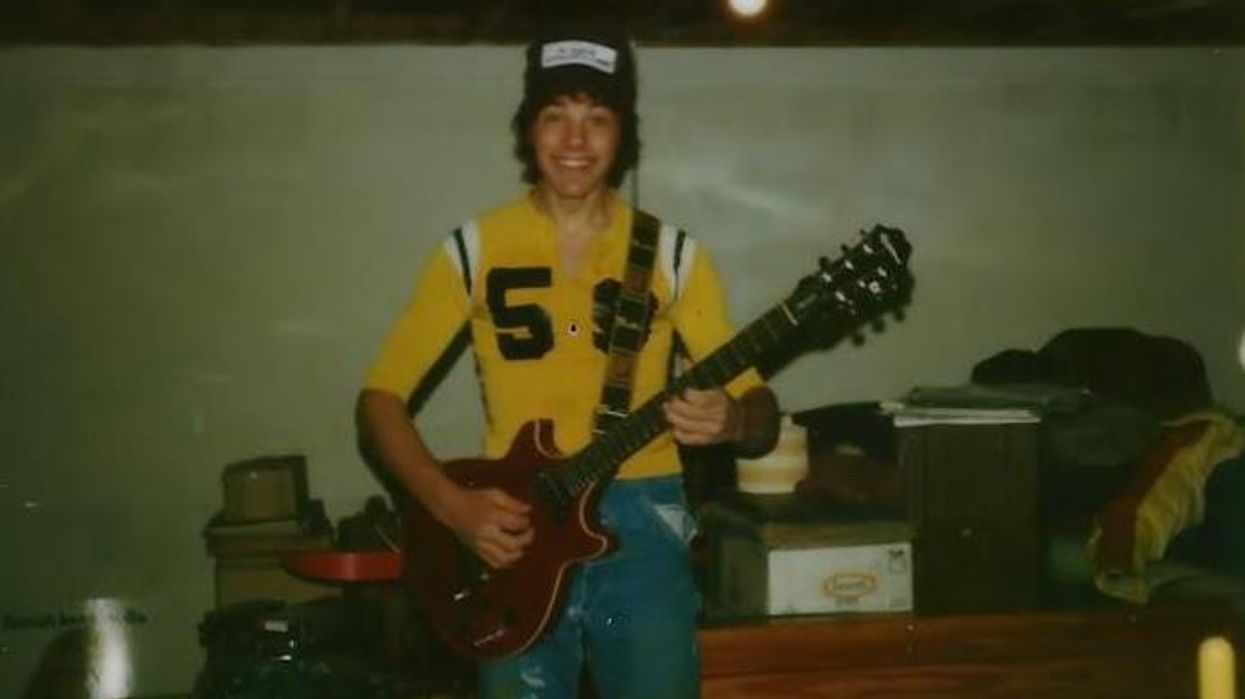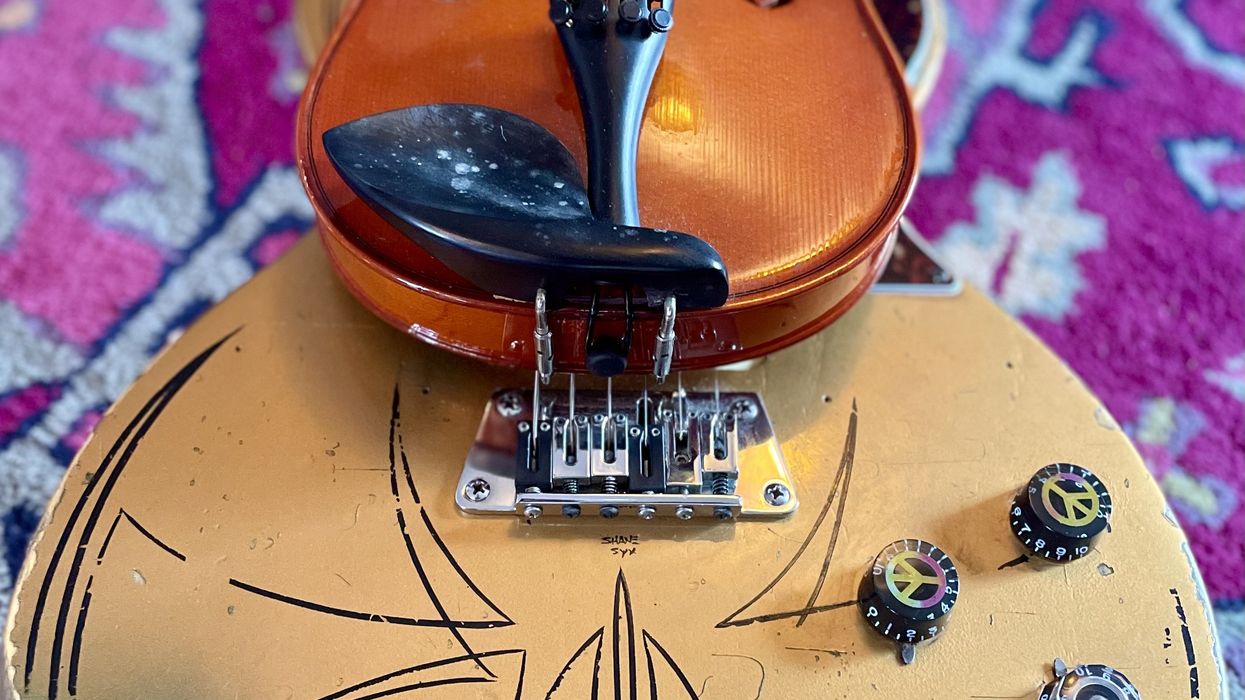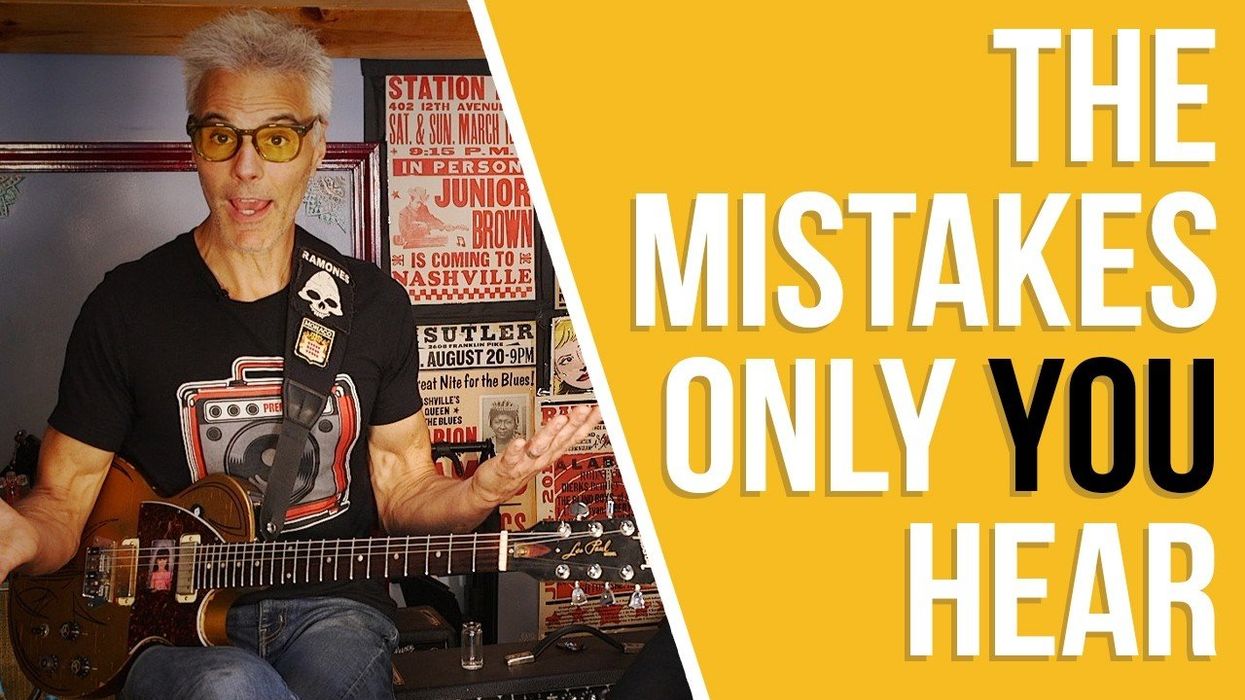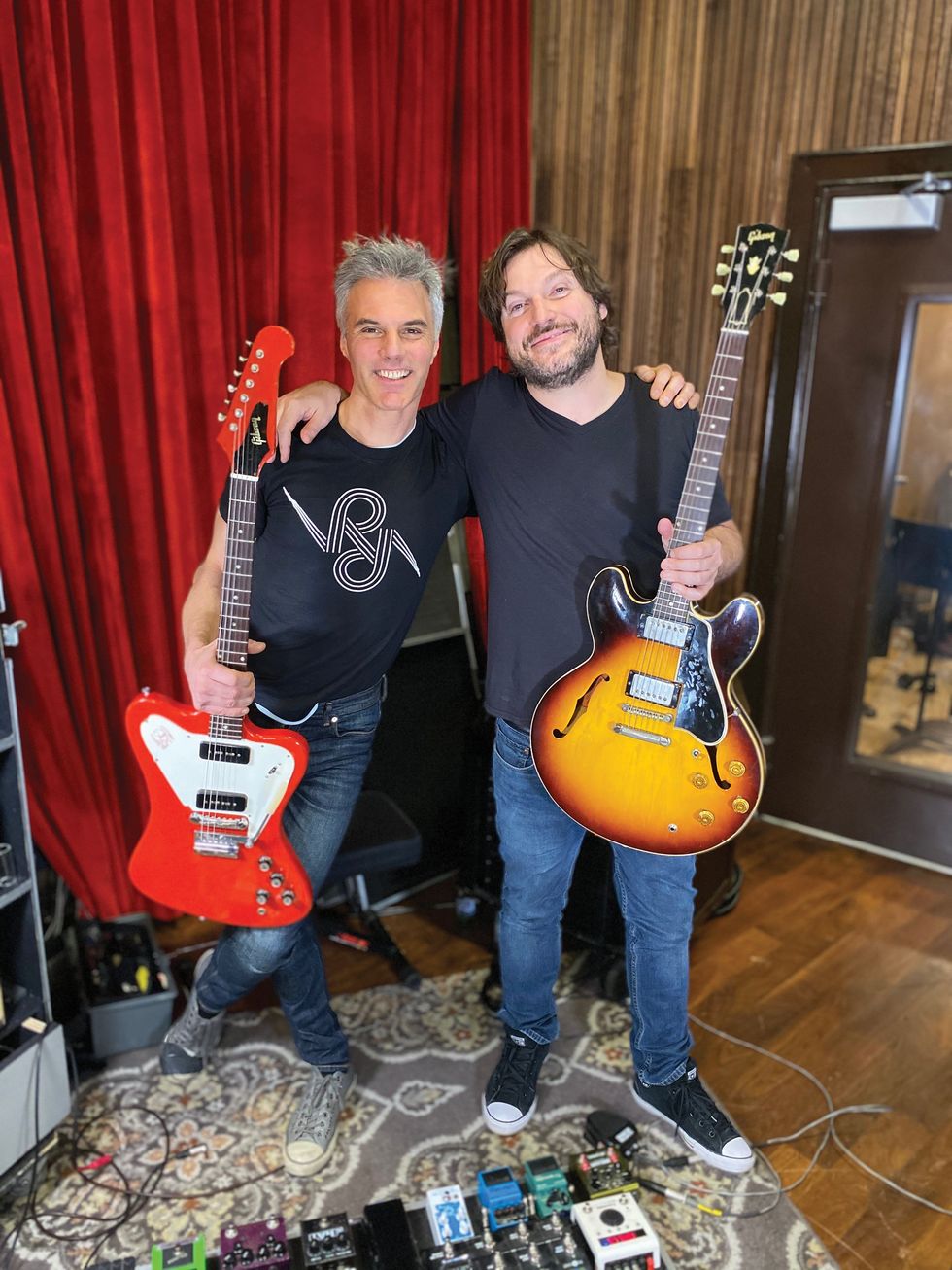Greetings, tone junkies! This month, I'd like to shine a spotlight on an effect that I feel is almost criminally overlooked and underrated, an effect that has been an integral part of many a legendary guitarist's tone formula. Yes, the classic treble booster! Some of the most iconic early rock, hard rock, and metal tones were created using one of these babies.
If you're not super familiar with treble boosters, they don't add distortion or clipping of their own, but instead drive guitar amps into overdrive naturally. Treble boosters originated due to necessity, because many early British guitar amps were voiced relatively dark. (Think Vox AC30 pre “top boost" models.) Anything but the brightest-sounding guitars—even Fender Stratocasters—could easily get lost in the mix.
So, a few creative designers set about making boxes that would boost the guitar signal in the mid and treble frequencies. These devices would certainly alter the tone by clarifying the guitar signal, but because they boosted the signal, too, they also caused the amplifiers to overdrive. And the results were legendary. The following are just a few of the impactful players who used the treble booster/dark amp combo to great “effect."
• Ritchie Blackmore. He's known for often using high-power Marshall amps, but so many of Blackmore's iconic recorded tones (Machine Head, anyone?) are allegedly a Hornby Skewes treble booster feeding into a Vox AC30. Blackmore has gone on record stating that he loved the tones he achieved with his Vox setup, and that he was always trying to get his Marshalls to sound similar.
• Brian May. Since the beginning, May's rig has featured a treble booster feeding into a Vox AC30's normal channel. Cranking the normal channel on an AC30, like May, typically creates an unusable, muddy tone. But when hit with the treble booster, it's time to “Tie Your Mother Down!" By using the volume control on his Red Special guitar, May could go from shimmering, edgy not-quite cleans all the way to full-on raunch and blistering overdrive. May started out using a Dallas Rangemaster and went on to use Rangemaster-style boosts built by Pete Cornish, Greg Fryer, and others.
• Tony Iommi. Black Sabbath's guitarist is another legendary player who put the Rangemaster treble booster to good use. Iommi boosted his early Laney amps into a searing, thick distortion, and the results laid the foundations for what would become known as heavy metal.
• K.K. Downing & Glenn Tipton. Both Judas Priest 6-stringers utilized a Rangemaster into the normal channel of four-input Marshall 1959 heads, and created some of the most iconic metal riffs of all time. Once again, a perfect balance was achieved by running a treble-boosted hot guitar tone into the often rather muddy, veiled tone of the normal channel on these amps.
What's in a Name? If you think about it, “treble booster" is almost a misnomer. While these devices do focus the tone in the treble frequencies, they also boost the upper midrange and make a guitar cut through the mix in just the right range. Treble boosters are also sensitive to a guitar's control settings: Rolling back the guitar volume will clean things up quickly and reveal glassy highs that really sparkle.
What I love most about these “primitive" boosts is that seemingly every well-known guitarist who used one forged a unique sonic and musical path. When Brian May played, you knew it was him. The same goes for Iommi and Blackmore. Even though the effect was similar at the core, these guitarists certainly didn't sound the same.
Playing a loud amp with a treble booster is not the same as playing a modern amp with a ton of preamp gain, or even a clean amp with an overdrive or distortion box. There's just something so unique and expressive about sending your tone over the top with a treble boost. It could just be the missing link in your tone quest! If you're a fan of overdriven tube-amp tone and if I've inspired you to explore what a treble booster can do for your rig, the following represent just a few of what's available on the market:
• Cornish TB-83, TB-83 Extra, and TB-83 Extra Duplex. Originally designed and made for Brian May in the early 1970s, these units are considered by many to be the crème de la crème of boosters. Like most Cornish pedals, they are priced at a premium. The Duplex model actually features two TB-83 units in one housing, which allows you to set different boost levels and stack them if you wish.
• BBE Bohemian. Like most treble boosts, this is a re-creation of the classic Rangemaster circuit in a simple pedal format. It's true bypass, and it won't break the bank.
• Electro-Harmonix Screaming Bird. It doesn't get much simpler than this one. You get an on/off switch and a single knob to control the amount of boost. The Screaming Bird is also a good choice for those looking for a treble boost on a budget.
Until next month, I wish you great tone!


